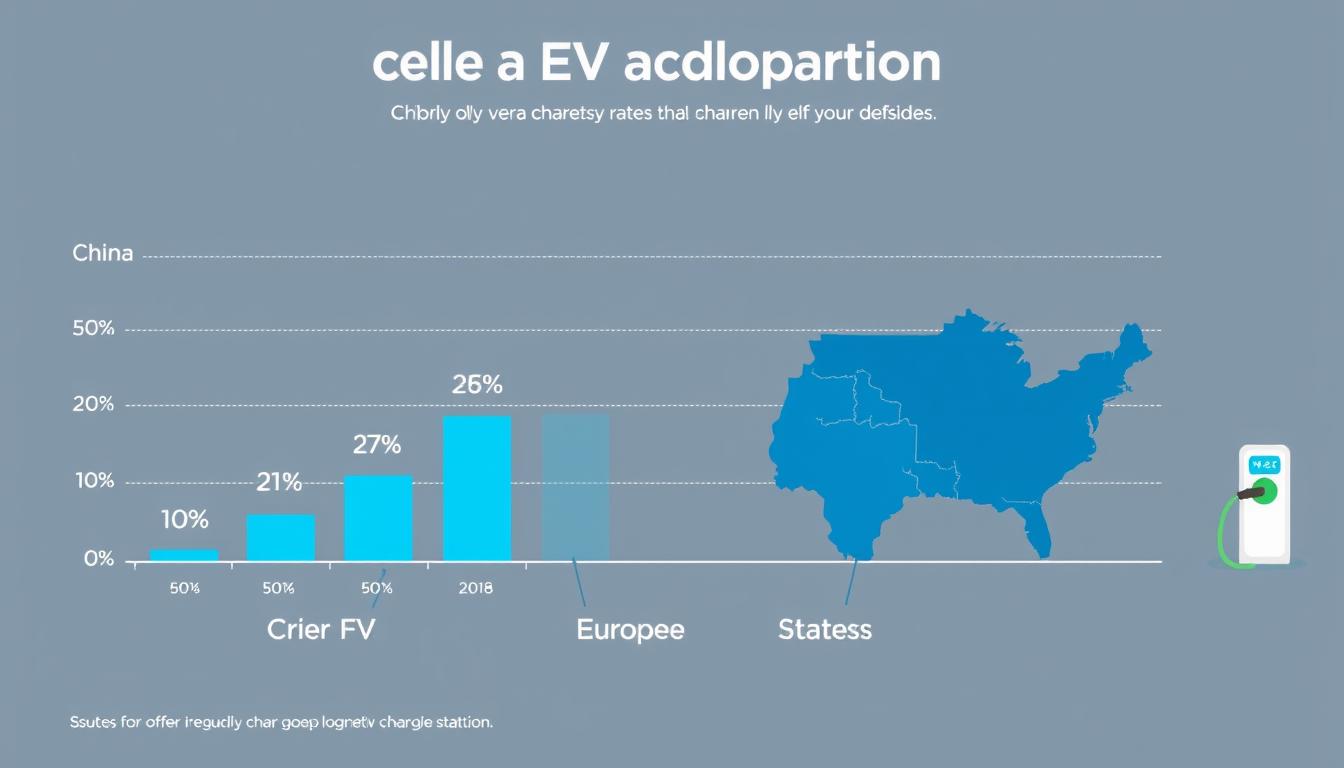For 100 years, a pioneering healthcare leader has transformed the fight against a disease affecting over 500 million people worldwide. Founded in 1923, this organization began with a mission to improve lives after the groundbreaking discovery of insulin. Today, it stands at the forefront of medical innovation, developing advanced therapies that redefine care standards.
From producing the first recombinant human insulin to creating cutting-edge GLP-1 therapies, the company’s research efforts have shaped modern treatment protocols. Its global network of scientists collaborates on solutions that address both immediate needs and long-term health outcomes. Over 40 million patients now benefit from these advancements annually.
Continuous innovation drives progress. The organization invests nearly 25% of its annual revenue into clinical trials and product development. This commitment has yielded treatments that improve glycemic control while reducing complications. Recent breakthroughs demonstrate how targeted therapies can adapt to diverse patient needs.
As healthcare evolves, this leader remains dedicated to solving unmet challenges through rigorous research. The next sections will explore how emerging technologies and strategic partnerships fuel its vision for a world where chronic conditions become manageable.
Key Takeaways
- Celebrating 100 years of medical breakthroughs since 1923
- Pioneered recombinant insulin and GLP-1 therapies
- Advanced products used by 40+ million patients globally
- 25% annual revenue reinvested in research initiatives
- Focus on personalized treatment solutions
Breakthrough Innovations in Diabetes and Chronic Disease Therapy
Innovative treatment approaches are setting new standards in managing lifelong metabolic disorders. Researchers now focus on therapies that address multiple health challenges simultaneously, particularly for those with overlapping conditions like type diabetes and diabetes obesity. This dual approach improves outcomes while simplifying care routines.
Redefining Care Through Targeted Medications
Semaglutide has emerged as a game-changer, showing 20% fewer cardiovascular events in the SELECT trial involving 17,500 participants. Its ability to regulate blood sugar and support weight management makes it versatile for treating serious chronic diseases. The introduction of oral semaglutide (Rybelsus®) marked a milestone, offering needle-free administration without compromising efficacy.
Next-Generation Treatment Strategies
Clinical trials like FLOW kidney outcomes study explore how these therapies protect organ function in high-risk patients. Combination treatments such as CagriSema – blending semaglutide with another peptide – demonstrate enhanced results for weight loss and glucose control. Over 60% of trial participants achieved clinically meaningful weight reduction in phase 3 studies.
The pipeline prioritizes solutions that bridge metabolic health gaps. By developing medications that tackle both chronic diseases and their complications, care models become more proactive than reactive. These innovations reflect a shift toward personalized medicine tailored to individual health profiles.
How Danish Novo Nordisk Advances Diabetes Treatments
Medical research breakthroughs continue to reshape approaches to managing complex health conditions. Over 38 phase III studies have validated treatment protocols that now serve millions worldwide. One landmark achievement includes the oral semaglutide trials, where 84% of participants achieved sustained blood sugar reduction alongside weight management benefits.
Research and Development Milestones
The CagriSema trial represents a leap forward in combination therapies. This dual-action treatment merges two peptides to address both glucose regulation and significant weight loss. Early results show 63% of users achieved over 15% body weight reduction – doubling outcomes seen in single-therapy groups.
Robust safety protocols define these efforts. The FLOW kidney study tracked 3,500 patients for three years, demonstrating how advanced therapies can slow chronic kidney disease progression by 24%. Such findings prove why rigorous testing remains critical before therapies reach patients.
Ongoing innovation bridges historical discoveries with modern needs. From early insulin formulations to today’s smart delivery systems, each milestone builds on decades of targeted research. Over 60% of current projects focus on personalized solutions for coexisting conditions like cardiovascular risks.
“True progress lies in therapies that adapt to patients’ lives, not the other way around.”
These efforts underscore a simple truth: patient-centric design drives meaningful growth in treatment options. By prioritizing both efficacy and accessibility, research teams create tools that empower individuals to manage their health effectively.
Expanding Global Impact and Market Growth
Strategic geographic expansion has become central to delivering life-changing therapies worldwide. Over 75% of recent revenue growth stems from markets outside Europe, with North American sales surging 47% last year. This growth reflects both increased demand and smarter distribution networks for medications like Ozempic® and Rybelsus®.

International Success and North American Expansion
The organization’s U.S. operations now drive 63% of total revenue, fueled by advanced injection devices that simplify treatment routines. International markets grew 32% year-over-year, with Asia-Pacific regions showing particular strength in adopting subcutaneous injection therapies. Over 15 million people globally now use these services monthly through partnerships with local healthcare providers.
Robust Financial Performance and Sales Growth
Annual reports reveal a 21% increase in diabetes care sales and an 88% jump in obesity treatment revenue. Improved injection protocols for once-weekly medications contributed significantly to these figures. The company’s market share in smart delivery systems now exceeds 56% worldwide, demonstrating how technical innovation supports business objectives.
Service excellence remains critical to maintaining momentum. Training programs for 12,000 healthcare professionals last year ensured proper use of new injection technologies. This alignment between product quality and user education continues strengthening the organization’s position as a leader in global health solutions.
Advances in Cell Therapies and Emerging Therapeutic Areas
Revolutionary approaches in cellular medicine are unlocking new possibilities for treating complex conditions. Cutting-edge facilities now accelerate the development of therapies targeting previously untreatable disorders.

The Novo Nordisk Foundation Cellerator Initiative
Established at DTU, the Cellerator Initiative serves as a production hub for clinical-grade cells. This facility bridges laboratory discoveries with real-world applications through standardized manufacturing processes. Its collaboration with reNEW leverages stem cell expertise to create treatments for chronic kidney disease and metabolic disorders.
Innovations in Rare Diseases and Cardiovascular Therapies
Researchers are engineering specialized cells to address growth hormone deficiency and heart-related complications. Trials show these therapies improve organ function in patients with advanced kidney disease. One project targets rare genetic conditions using modified cells that restore hormonal balance.
Future Directions in Cell Therapy Production
The initiative focuses on scaling production for early-phase trials through automated bioreactors. Partnerships with biotech firms aim to streamline quality control while reducing costs. “Scalability determines whether breakthroughs reach those who need them,” notes a lead researcher.
Upcoming projects explore cell-based solutions for obesity-related complications. By combining metabolic research with cellular engineering, teams aim to develop personalized treatments. These efforts highlight how strategic collaborations transform theoretical concepts into life-changing interventions.
Conclusion
Pioneering medical solutions continue to redefine care for millions worldwide. Over decades, breakthroughs like recombinant insulin and GLP-1 therapies have transformed outcomes for those with type 2 diabetes and related serious chronic conditions. Clinical trials demonstrate how therapies such as semaglutide address multiple health challenges while protecting organ function in high-risk groups.
Global expansion ensures these innovations reach people living with complex needs. From smart delivery systems to cell therapy production, advancements prioritize accessibility without compromising safety. The Cellerator Initiative exemplifies progress in tackling chronic kidney disease through standardized manufacturing processes.
Commitment to research remains central. Over 40 million patients benefit annually from therapies balancing efficacy with practical use. Emerging solutions targeting growth hormone imbalances and metabolic disorders highlight the evolving field of personalized medicine.
Looking ahead, the focus stays clear: developing products that adapt to individual needs while addressing systemic health gaps. Through relentless innovation and patient-centered design, the future promises smarter interventions for those navigating lifelong conditions.














